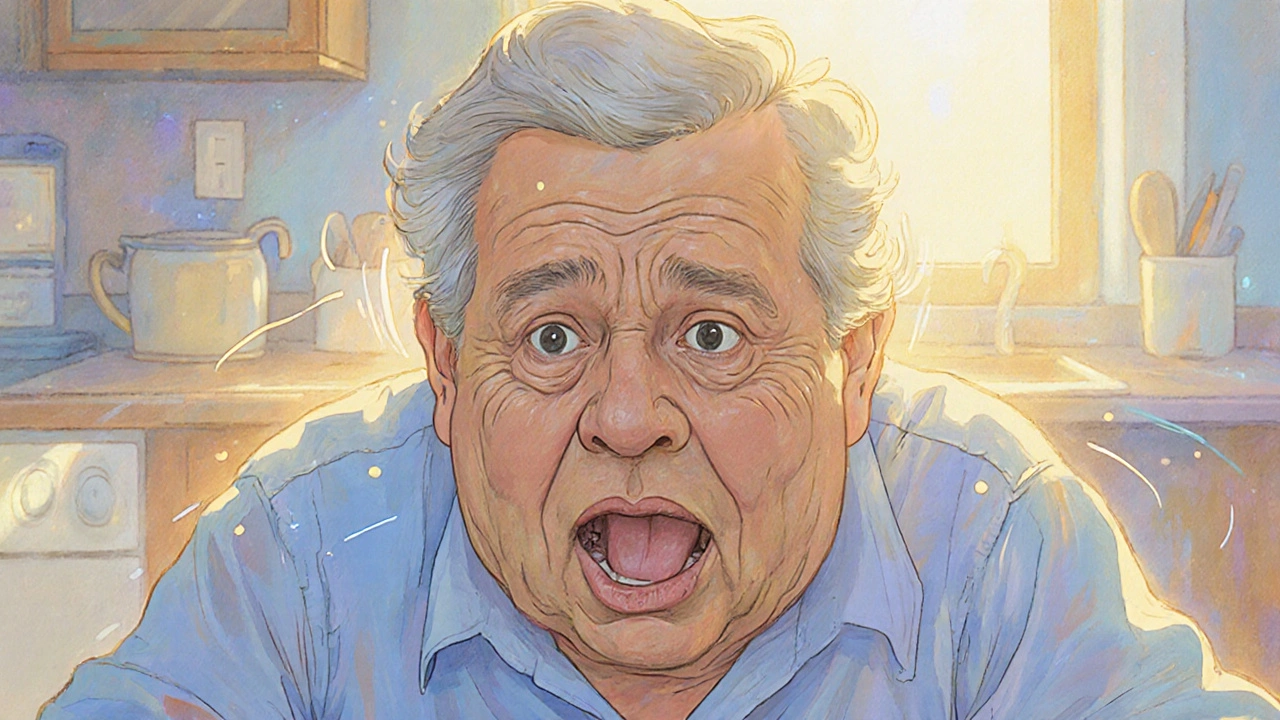Baclofen: What It Is, How It Works, and What Alternatives Exist
When you're dealing with stiff, painful muscles from multiple sclerosis, spinal cord injury, or cerebral palsy, baclofen, a central nervous system depressant used to reduce muscle spasticity. Also known as Lioresal, it works by calming overactive nerves in your spinal cord that cause muscles to tighten uncontrollably. It’s not a painkiller, but it helps reduce the muscle tightness that often causes pain and limits movement.
Baclofen doesn’t fix the root cause of spasticity, but it makes daily life easier—whether you’re trying to walk, get dressed, or sleep without discomfort. It’s often prescribed when other treatments like stretching or physical therapy aren’t enough. But it’s not the only option. Other muscle relaxants like tizanidine, a short-acting alternative that works on the brain to reduce muscle tone, or dantrolene, a drug that acts directly on muscle fibers instead of nerves, might be better depending on your symptoms and other health issues. Some people even use cannabis-based treatments, including CBD or THC, for spasticity relief, especially when traditional drugs cause too many side effects.
Baclofen can cause drowsiness, dizziness, or weakness, and stopping it suddenly can trigger seizures or hallucinations. That’s why doctors usually start low and go slow. If you’ve tried baclofen and it didn’t work—or if the side effects were too much—you’re not alone. Many people switch to other muscle relaxants, try physical therapy combined with nerve blocks, or explore non-drug options like Botox injections. The posts below cover real comparisons: how baclofen stacks up against other drugs, what to expect when you start it, how to manage side effects, and which alternatives actually deliver results without the risk.

Baclofen for Tardive Dyskinesia: An In‑Depth Look
Explore how baclofen, a GABA‑B agonist muscle relaxant, may help reduce involuntary movements in tardive dyskinesia, covering dosage, evidence, risks, and comparisons with other treatments.